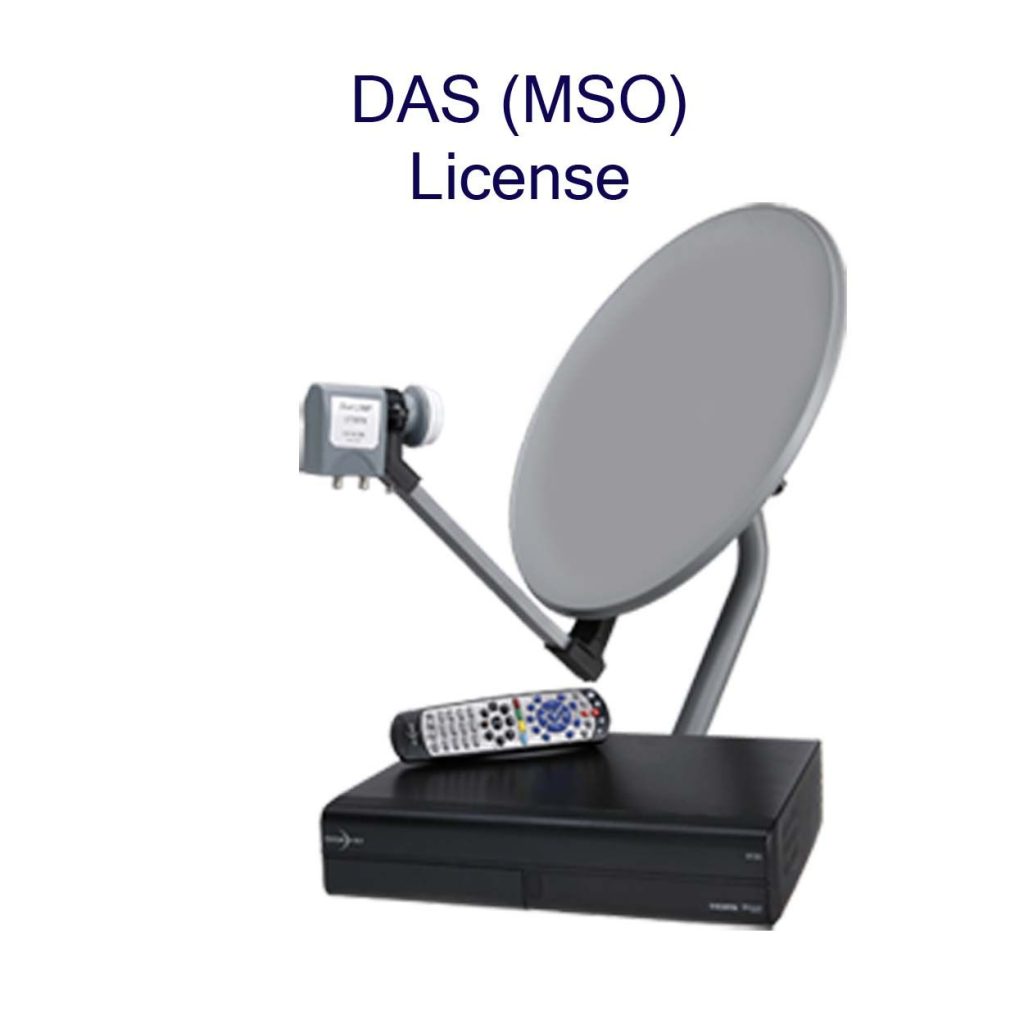
Introduction to Public Limited Company Registration
In today’s competitive business world, entrepreneurs are constantly on the lookout for opportunities to expand their ventures and unlock their full potential. One avenue worth exploring is the registration of a public limited company. This type of business structure offers numerous benefits and opens up a world of possibilities. In this article, we will delve into the benefits of public limited company registration and provide a detailed explanation of the process involved. Whether you are a seasoned business owner or a budding entrepreneur, understanding the potential of public limited company registration can be a game-changer.
Benefits of Public Limited Company Registration
When it comes to the benefits of public limited company registration, the possibilities are vast. One of the key advantages is the ability to raise capital through the sale of shares on the stock market. By going public, a company can attract a larger pool of investors and access substantial funds to fuel its growth. Moreover, public limited companies have an enhanced reputation and credibility, which can lead to increased trust from customers, suppliers, and partners. This increased trust can open doors to new business opportunities and collaborations.
Another significant benefit of public limited company registration is the limited liability protection it offers to its shareholders. Unlike sole proprietorships or partnerships, shareholders are not personally liable for the company’s debts or legal obligations. This means their assets are protected, providing a sense of security and peace of mind. Additionally, public limited companies often have a longer lifespan compared to other business structures, ensuring continuity and stability for both shareholders and stakeholders.
Process of Public Limited Company Registration in India
Now that we have explored the benefits, let us delve into the process of public limited company registration in India. The procedure may seem daunting at first, but with the right guidance, it can be a smooth and efficient journey. The first step is to choose a unique name for your company, keeping in mind the legal requirements and restrictions. Once the name is finalized, the next step is to draft the Memorandum of Association (MOA) and Articles of Association (AOA), which outline the company’s objectives, rules, and regulations.
After the MOA and AOA are prepared, the company must apply for a Director Identification Number (DIN) for the proposed directors. Simultaneously, you must obtain a Digital Signature Certificate (DSC) for the proposed directors and shareholders. These certificates are essential for filing electronic documents with the Registrar of Companies (ROC). Once all these preliminary steps are completed, the company can proceed with the filing of the incorporation documents, including Form INC-7, Form INC-22, and Form DIR-12.
Online Public Limited Company Registration in India
Thanks to technological advancements, the process of public limited company registration in India has become more streamlined and accessible. Entrepreneurs can now complete the entire registration process online, saving time and effort. The Ministry of Corporate Affairs (MCA) has introduced an online portal, making it convenient for businesses to register and manage their operations. Through this portal, entrepreneurs can submit the necessary documents, make payments, and track the progress of their applications.
To register a public limited company online in India, one must create an account on the MCA portal and obtain a Director Identification Number (DIN) and Digital Signature Certificate (DSC). The next step is to file the necessary incorporation forms and upload the required documents. Once the application is submitted, it undergoes scrutiny by the ROC, who may request additional information or clarification. If all the requirements are met, the ROC will issue a Certificate of Incorporation, officially recognizing the public limited company.
Hiring a Public Limited Company Registration Consultant
Navigating the intricacies of public limited company registration can be a complex task, especially for those unfamiliar with the process. That is why many entrepreneurs choose to hire a public limited company registration consultant. These professionals have in-depth knowledge and expertise in company registration and can guide you through each step, ensuring compliance with legal requirements and regulations.
When selecting a consultant, it is essential to consider their track record, reputation, and industry experience. A reliable consultant will not only assist you with the registration process but also provide valuable insights and recommendations based on their experience. They can help you make informed decisions regarding company structure, shareholding patterns, and compliance with corporate governance norms. By hiring a public limited company registration consultant, you can streamline the process and focus on strategically growing your business.
Key Considerations for Public Limited Company Registration
Before embarking on the journey of public limited company registration, there are several key considerations to keep in mind. Firstly, it is crucial to thoroughly research and understand the legal and regulatory frameworks governing public limited companies in your jurisdiction. This will ensure that you adhere to all requirements and avoid any legal complications down the line. Additionally, you should carefully evaluate the financial implications of going public, including the costs of registration, compliance, and ongoing reporting obligations.
Furthermore, it is vital to assess the market conditions and industry landscape before proceeding with public limited company registration. Conduct a comprehensive market analysis to determine the demand for your products or services, the competitive landscape, and potential growth opportunities. This analysis will help you make an informed decision about the viability and timing of going public. Lastly, consider seeking guidance from legal and financial experts who can provide valuable advice and help you make informed decisions.
Public Limited Company Registration Fees and Requirements
When considering public limited company registration, it is essential to have a clear understanding of the fees and requirements involved. Depending on the company’s authorized capital, different registration fees apply. Additionally, there are costs associated with obtaining the Director Identification Number (DIN), Digital Signature Certificate (DSC), and drafting the Memorandum of Association (MOA) and Articles of Association (AOA). It is advisable to consult with a professional to get an accurate estimate of the fees and requirements specific to your situation.
In terms of requirements, public limited companies must adhere to various legal and regulatory obligations. These include appointing a minimum number of directors, maintaining proper accounting records, conducting annual general meetings, and submitting annual financial statements and audit reports. If these standards are not met, there may be fines and legal repercussions. Therefore, it is crucial to familiarize yourself with the obligations and ensure ongoing compliance to protect your company’s interests.
Public Limited Company Registration vs. Other Business Structures
When considering the registration of a public limited company, it is essential to weigh the pros and cons compared to other business structures. One alternative is a private limited company, which offers limited liability protection and flexibility while limiting the number of shareholders. Sole proprietorships and partnerships, on the other hand, are simpler to set up but need more benefits of limited liability and the ability to raise capital through the stock market.
Public limited companies are particularly beneficial for businesses with ambitious growth plans and a need for substantial capital infusion. The ability to raise funds from the general public through the issuance of shares provides a significant advantage over other structures. Additionally, the prestige and credibility associated with public limited companies can facilitate collaborations and attract top talent. However, public limited companies are subject to more regulatory oversight and compliance requirements compared to other business structures, which should be taken into account.
Public Limited Company Registration Case Studies
To illustrate the potential and benefits of public limited company registration, let us explore a few case studies. Case study 1: XYZ Ltd. was a successful private limited company in the technology sector. However, to fuel their expansion plans and attract strategic investors, they decided to go public. By registering as a public limited company, they were able to raise substantial capital through an Initial Public Offering (IPO) and expand their operations exponentially.
Case study 2: ABC Ltd. was a family-owned business that had been operating as a sole proprietorship for several years. However, they recognized the need for limited liability protection and a more formal structure. By registering as a public limited company, they not only achieved limited liability but also gained access to a broader customer base and secured contracts with larger corporate clients.
These case studies highlight the transformative power of public limited company registration and how it can unlock new opportunities for businesses of all sizes and industries.
Conclusion: Unlocking the Potential of Public Limited Company Registration
In conclusion, unlocking the potential of public limited company registration can be a game-changer for businesses seeking growth and expansion. The benefits of raising capital through the stock market, limited liability protection, enhanced credibility, and longer lifespan make public limited companies an attractive option. By understanding the process involved, leveraging online registration platforms, seeking guidance from consultants, and considering key factors, entrepreneurs can navigate the registration journey successfully.
However, it is crucial to evaluate the feasibility and suitability of this business structure based on your specific needs, market conditions, and financial capabilities. Public limited company registration is not a one-size-fits-all solution, and careful consideration should be given before making a decision. With the right strategy and support, public limited companies can unlock their full potential and pave the way for long-term success.
Unlock the potential of your business today by exploring the opportunities offered by public limited company registration.









